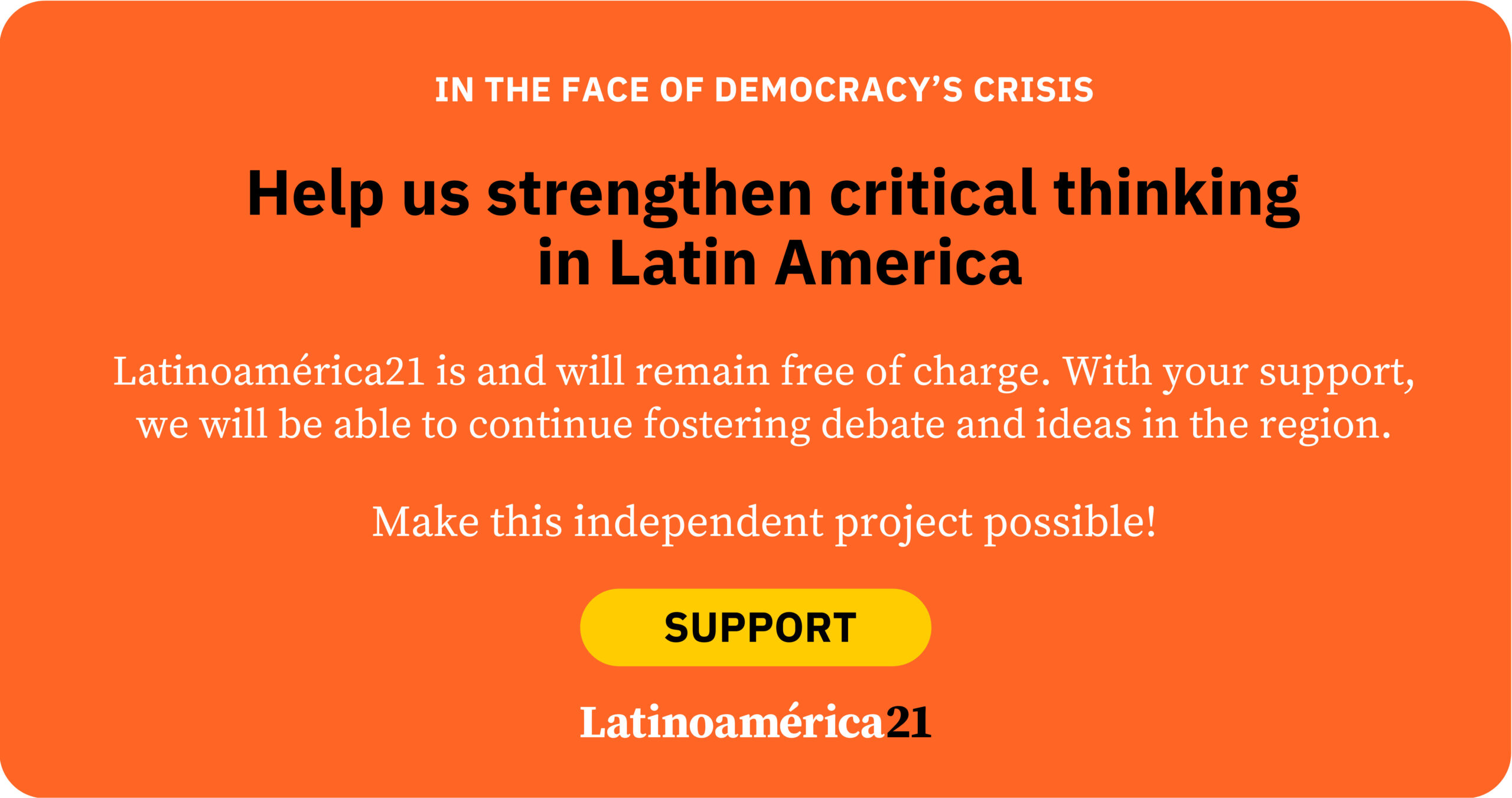At the end of 2024, Chile announced its intention to become a regional leader in the development of quantum technologies. In recent months, Colombia has surprised with announcements regarding artificial intelligence (AI) and quantum technologies, coinciding with the United Nations’ proclamation of 2025 as the year of quantum technologies. These technologies, still in the experimental stage, have processing capabilities far beyond conventional computers and, consequently, enormous potential for experimentation and the development of new products and applications. Last April, the Ministry of Science launched the ColombIA Inteligente 2025 call, with an investment of nearly four and a half million dollars to fund AI and quantum science research projects, prioritizing those carried out in municipalities that are part of territorial development programs and particularly affected by armed conflict.
The initiative sounds paradoxical: does it make sense to talk about quantum technologies in a country that still fails to guarantee basic access to electricity or the internet in vast rural areas? The paradox is evident. While regions such as Bogotá, Antioquia and Valle del Cauca concentrate more than 50% of the national GDP, departments like Guainía, Chocó, or Vaupés barely participate in the formal economy. In these areas, the structural inequality in access, infrastructure and digital talent is so profound that any poorly designed digital agenda risks deepening exclusion.
Betting on the spectacular without resolving the elementary can be dangerous. Recent studies confirm that internet use in Latin America is closely correlated with human development (HDI), but particularly stress that access to broadband and increased internet use must be prioritized. In this sense, it is crucial to design tailored regional strategies that respond to the specific conditions of rural or less densely populated areas, where the digital divide is most pronounced. Without effective digital inclusion —infrastructure, education, technological literacy— the promises of AI or quantum computing will be irrelevant to the majority of the population.
The near future of quantum computing development is hybrid. Quantum processors, still with limited capabilities, function as accelerators for specific tasks, while classical computing systems manage most of the data flow. This creates an imperative need: minimal latency and high integration between the two worlds. In this regard, the development of regional innovation ecosystems and the proximity of large data hubs is not a luxury, but a key condition for advancing quantum research.
Quantum research requires costly laboratories and equipment, still far from the budgetary capacity of many countries in the region. Quantum computers need very special conditions to operate (extremely low temperatures, electromagnetic isolation and very high energy demand); at the same time, access to nearby data centers closes this cycle with minimal bottlenecks, improving research efficiency and reducing the frustration that comes with working remotely with external or shared platforms. Having a nearby data center is not essential, but it is strategically desirable.
In addition, these supercomputers will manage large volumes of sensitive data, intellectual property and projects with critical applications. When this data is stored on external servers, the risk of leaks or cyberattacks increases, while keeping processing and storage local allows for control over the chain of custody of knowledge. In today’s geopolitical context, technological sovereignty also depends on control over this infrastructure.
The quantum divide poses a strategic challenge for Colombia, as it risks deepening regional inequalities if investment in this technology is concentrated only in a few development hubs. Added to this is the environmental impact of the necessary infrastructure —from data centers to high-consumption cryogenic systems— which forces us to think in sustainable models. In this scenario, the goal must be to generate inclusive innovation ecosystems, where the priority is ensuring investment in basic digital infrastructure and meeting the growing energy demand while guaranteeing that it also reaches remote regions.
Without improvements in connectivity and digital education, the quantum agenda will remain disconnected from the urgent needs of the population. The bet on quantum technologies is not in itself a mistake, but pursuing it without addressing the most basic elements —structural inequality in access, infrastructure and basic digital skills— risks deepening exclusion. Without nearby data centers and access to basic infrastructure, the discourse of “building local quantum talent” will remain mere rhetoric.
*Machine translation, proofread by Ricardo Aceves.













